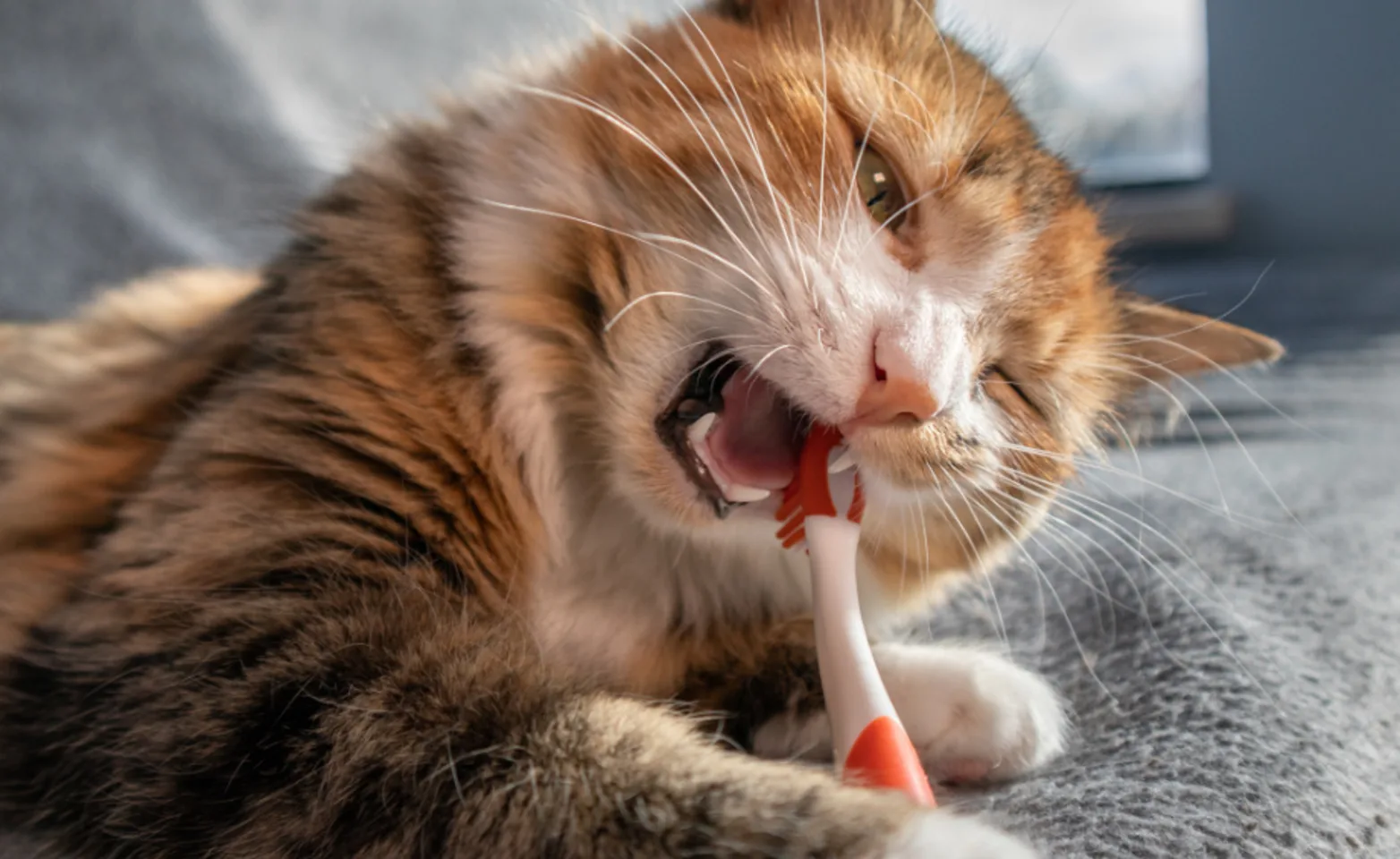Upper Canada Animal Hospital

Dentistry

Dentistry
You may not think you need to make regular appointments for your pet’s teeth, or that their dental health is good because you don’t see any visible problems. There are, however, several dental problems your pet could face. If your pet is not given proper dental care, it is likely he/she may develop any of the following conditions:
Gingivitis
Dental abscesses
Tooth loss
Pain
Liver disease
Kidney disease
Bone infection
Dental disease often results in extreme pain and feelings of sickness in your pet.
The key to good pet dental hygiene is prevention. Instituting a preventative dental program can be very simple yet extremely rewarding. From special diets, treats, tooth brushing to routine dental cleanings, pets may never have to experience the pain and feeling of illness associated with dental disease. With access to the right knowledge, skills and facilities, your pet will never have to suffer from dental ailments.

Home Dental Care
Routine home care should be started at 3-4 months of age. Depending on the size of your dog, an infant or children’s toothbrush with soft bristles can be used. Try to make brushing an enjoyable and rewarding experience. Patience and time are the two mainstays. It takes an average of two months for your pet to get used to having their teeth brushed, however, the health rewards are well worth it.
There are good kinds of toothpaste available for your pet. Consult a member of our pet health care team for one best suited for your friend. Human toothpaste should never be used.
Take a virtual tour of our dental hospital and surgical facilities at Upper Canada Animal Hospital, Niagara.
Dental Xrays
We are very pleased to offer state-of-the-art digital dental x-rays for all of our dental procedures. Dental x-rays are an extremely important tool that helps us to more accurately detect and properly treat serious and painful dental conditions in your pet.
The health of a tooth can be difficult to evaluate by just looking at what we can see above the gumline. Unless the disease is already advanced and the problem is obvious, many teeth may appear healthy to the naked eye but in reality, be hiding the more subtle disease. About 2/3 of your pet’s tooth is hidden below the gums, and this part of the tooth called the root, can only be examined by taking an x-ray.
When your pet comes to us for a dentistry procedure, x-rays are taken of every tooth in their mouth, just like when you go to the human dentist. Our veterinarians will evaluate each individual tooth as well as the jaw bone around them to look for hidden problems, and also to help decide whether or not extraction is necessary for any teeth that are questionable to the naked eye. It is not uncommon for us to find unexpected diseases such as root disease, tooth root abscesses, resorptive lesions (cavities), retained baby teeth, bone cysts or other abnormalities of the jaw on dental x-rays. All of these conditions are painful and can lead to future problems, and may go unnoticed without x-rays.
Dental x-rays are an invaluable tool in helping us recognize and effectively treat your pet’s dental problems. They allow us to be more accurate in our treatment decisions and help us to reach our ultimate goal – a happy pet with a healthy, pain-free mouth.

Symptoms to Watch Out For
Pets are very good at hiding the signs of dental disease. However, an observant owner can sometimes detect oral disease in their cats or dogs from simply being watchful. Some of the signs include:
Bad breath
Reluctant chewing
Increased salivation
Unusual pawing at the face
Bleeding gums
Missing and/or loose teeth
Increased tartar buildup
Swollen gums and bad breath
Unfortunately, pets seldom exhibit signs of dental disease, even when severe. For this reason, it is important to have regular dental examinations performed by the veterinarians at Upper Canada Animal Hospital.
